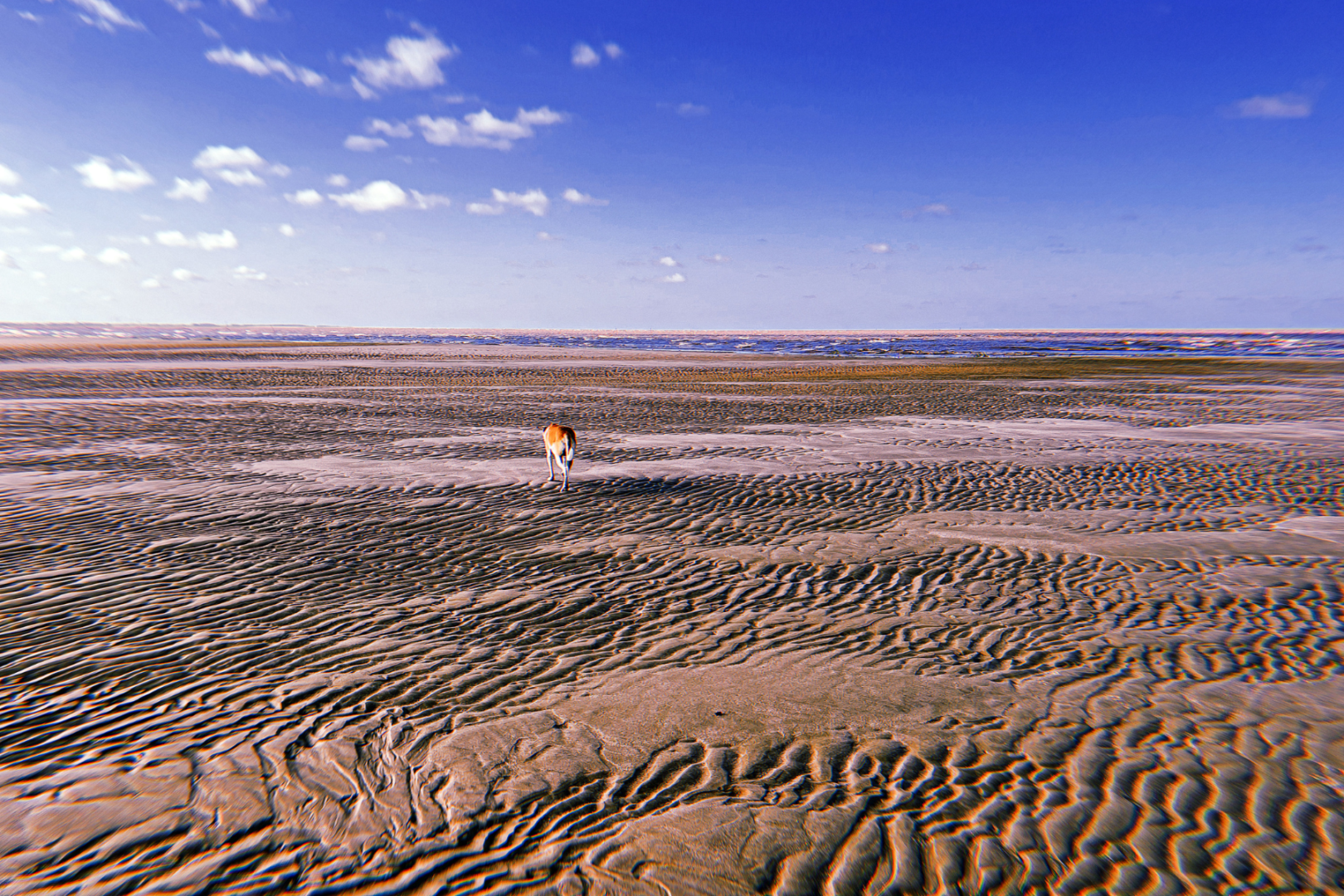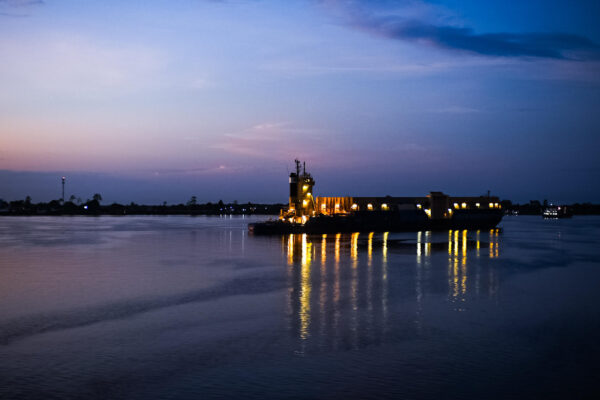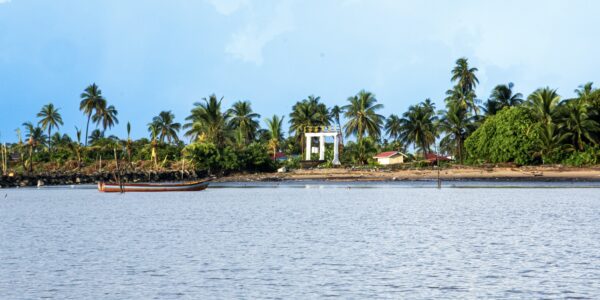
On December 14, 2023, the leaders of Guyana and Venezuela shook hands. An agreement to ‘refrain from force’ was made between Guyanese President Mohamed Irfaan Ali and Venezuela’s President Nicolás Maduro at a summit in Saint Vincent and the Grenadines. The Argyle Declaration was a decision to ease heightened tensions from a recently-revived border conflict.
View this post on Instagram
Even though a handshake was exchanged, a conclusive agreement that satisfies both countries remains up in the air.
The conflict involves which country has the right to claim the Essequibo region. Essequibo is rich in both oil and minerals. Not only does the land favor these resources, but massive deposits of oil have been discovered just offshore the territory. The region currently lies in Guyana and contributes to two-thirds of the country’s national land mass. It is also an area heavily populated by Guyana’s indigenous communities.
View this post on Instagram
The start of the issue dates back centuries. In 1814, Great Britain obtained Guyana from the Netherlands through a treaty. However, a Western border was never settled as part of this deal. In 1835, Great Britain hired a land surveyor by the name of Robert Schomburgk to delineate a Western border for British Guiana — as Guyana was then known under Britain’s colonial rule. Once Schomburg finished his assessment of the land, the western border between Venezuela and Guyana was created and became known as the Schomburgk Line.
[Read Related: Not a Blade of Grass, Essequibo is We Own! ]
In 1841, Venezuela objected to both Schomburgk’s demarcation line and to what it called Great Britain’s “taking of its land.” German-born Schomburgk’s division of the border added 30,000 square miles to British Guiana. When gold was found in the area, Great Britain sought to expand that line, according to the U.S. State Department.
An international commission, part of the United Nations, redrew the border line between British Guiana and Venezuela (known then as the United States of Venezuela) in 1899. With this legal arbitration, Guyana has since maintained that the decision stands as the binding border. Venezuela, however, throughout the years has argued that the arbitrators, from Russia and Anglosphere countries like Great Britain and the United States, collaborated in a land grab.

In 1966, the issue was once again brought up in the Geneva Agreement. With British Guiana poised to gain its independence in the same year, the United Nations saw it fit to have the country mend its relations with both Great Britain and Venezuela.
Article five of the original text of the Geneva Agreement states, “…nothing contained in this Agreement shall be interpreted as a renunciation or diminution by the United Kingdom, British Guiana or Venezuela of any basis of claim to territorial sovereignty in the territories of Venezuela or British Guiana, or of any previously asserted rights to or claims to such territorial sovereignty…”
Venezuela claims this 1966 call for talks to resolve the border conflict essentially voided the 1899 judgment that decided the borderline.
In a recent bid for his country to get on board, Maduro held a national referendum on December 3, 2023. The Sunday vote gave Venezuelan citizens a chance to answer whether they back creating a state in Essequibo. And if so, if they would grant Venezuelan citizenship to the Guyanese who live in Essequibo. Maduro also asked voters if they would ultimately reject any decision made by the United Nations’ International Court of Justice on the matter.
View this post on Instagram
President Ali throughout the dispute has continuously echoed his call to have the International Court of Justice settle the matter, rather than resorting to any other means. That, however, did not stop Ali from rallying up troops from the Guyana Defense Force to show a presence at the Guyana-Venezuela border in recent weeks, complete with Guyana flags flying high.
Having the border conflict play out in front of the International Court of Justice would not be the first time. In 2018, Guyana submitted a request to the World Court to revisit the territorial dispute. A decision was made in April 2023 where the Court ruled against Venezuela’s objection to the current border.
And on December 1, 2023 — just two days before Venezuela put its national referendum to vote — the Court in the Netherlands once again ruled in favor of Guyana.

“The Court observes that the situation that currently prevails in the territory in dispute is that Guyana administers and exercises control over that area. The Court considers that, pending the final decision in the case, Venezuela must refrain from taking any action that would modify that situation,” states the International Court of Justice.
In late December, Guyana’s ally, the United Kingdom, sent a warship to the coast of the South American country. The warship, which is typically used on missions to stop drug smugglers, is now being used to train the Guyanese military, according to the U.K. Defense Ministry. Maduro describes the warship as a “threat” to his country.
While the image of Ali and Maduro’s handshake makes its rounds around the world, many remain waiting and watching for what’s next.




